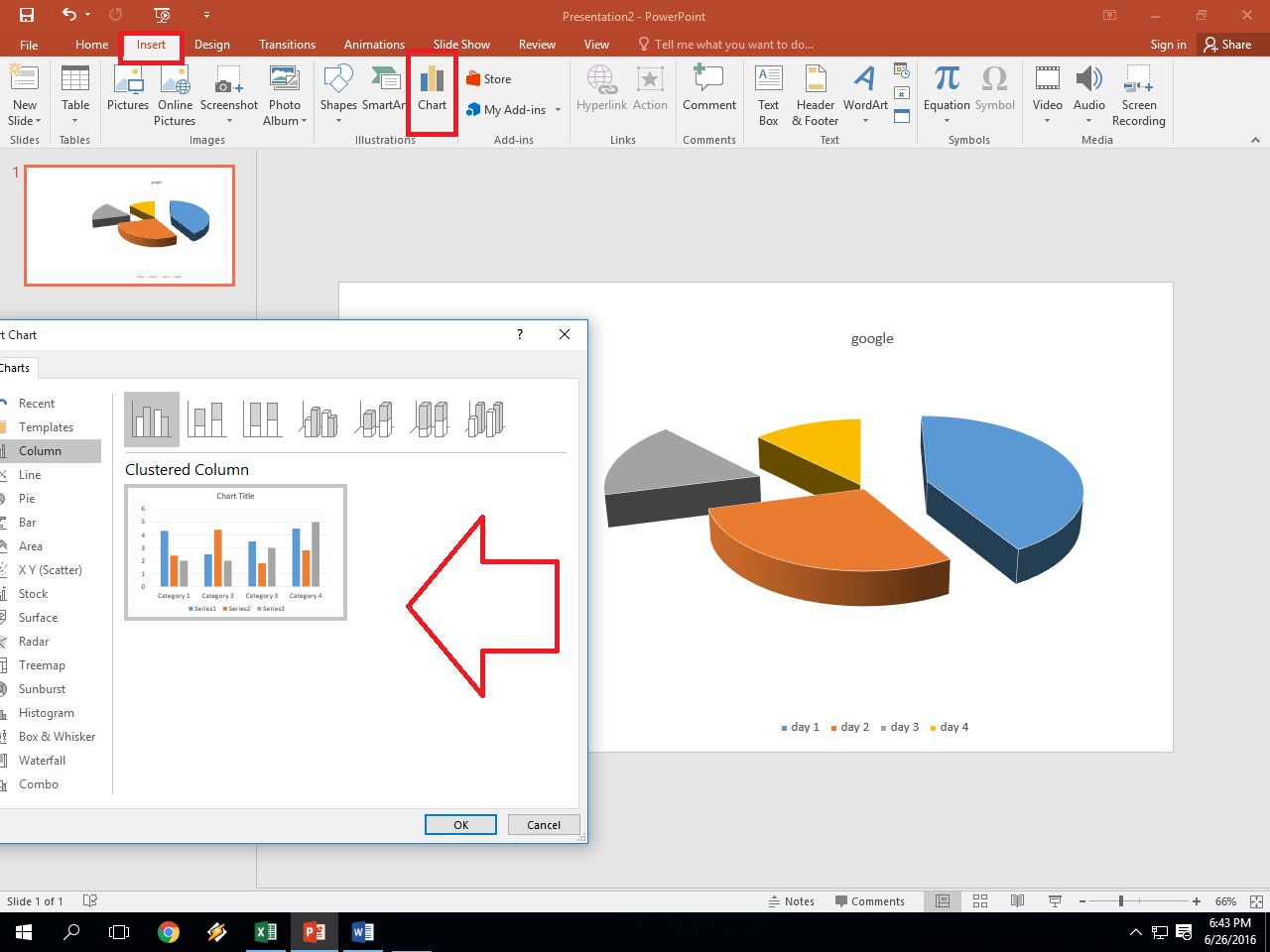5 Simple Ways to Make Your Excel Sheet White

If you've been working with Microsoft Excel, you understand the importance of customization in enhancing user experience and making data processing tasks more efficient. Whether you're an accountant, a student, or a data analyst, there are various scenarios where you might find yourself wanting to change the color of your spreadsheet for better readability, presentation, or just for the sake of cleanliness. Here are five straightforward ways to make your Excel sheet white, ensuring your workbook looks pristine and professional.
1. Selecting All and Changing Background Color

The simplest approach is to change the background color of your entire spreadsheet to white. Here’s how you can do that:
- Select all cells by pressing Ctrl+A.
- Right-click and choose Format Cells from the context menu, or go to the Home tab and click Format Painter > Format Cells.
- In the Format Cells dialog box, click on the Fill tab.
- Choose No Fill or pick the white color from the palette.
🔍 Note: This method sets the default background color for all cells, not just the used range. If there are formulas that dynamically change cell background, this might not be the most effective method.
2. Conditional Formatting

Conditional formatting allows you to highlight cells based on certain criteria. Here’s how to use it to make your sheet white:
- Select the range of cells you want to format.
- Navigate to the Home tab, click on Conditional Formatting, and select New Rule.
- Choose Use a formula to determine which cells to format.
- In the formula box, enter =1 (which will apply the rule to all cells).
- Click Format, go to the Fill tab, select white, and click OK twice.
3. Customizing the Workbook Theme

You can change the overall theme of your workbook to influence the color schemes:
- Go to the Page Layout tab.
- In the Themes group, click Colors.
- Choose Customize Colors.
- Set both the Text/Background Light 1 and Text/Background Dark 1 to white.
4. Removing Cell Shading

Sometimes, cells might have individual shading or backgrounds applied. Here’s how to remove them:
- Select the cells you want to modify.
- Click on the Home tab, then Fill Color dropdown.
- Choose No Fill.
5. VBA Macro for White Sheets

For those who are comfortable with macros, you can automate the process of making sheets white:
Sub MakeSheetWhite()
Dim ws As Worksheet
For Each ws In ThisWorkbook.Worksheets
With ws.Cells.Interior
.Pattern = xlNone
.PatternColorIndex = xlAutomatic
.Color = xlNone
.PatternTintAndShade = 0
End With
Next ws
End Sub
⚠️ Note: Macros should be used with caution. Always ensure you have a backup of your data before running any macro.
By following these simple steps, you can ensure that your Excel spreadsheet presents your data clearly and professionally. Each method caters to different levels of customization, from quick changes for immediate needs to more complex, automated solutions for maintaining a consistent look across multiple sheets.
In all cases, remember that the presentation of data is just as crucial as the data itself. A clean, organized, and visually appealing spreadsheet can significantly improve the efficiency of data analysis and interpretation. Therefore, knowing how to quickly reset your spreadsheet's appearance or automate changes can be a valuable skill in any data-driven environment.
Can I change the color of just one sheet or is it for the entire workbook?

+
You can change the color for one sheet by selecting that particular sheet before making changes. However, methods like customizing the workbook theme will affect all sheets.
Will these methods affect my data or formulas?

+
No, these methods primarily affect the cosmetic appearance of your spreadsheet and not the underlying data or formulas.
Is it possible to revert to the default color settings?

+
Yes, by selecting “No Fill” or using the Theme Color Settings to restore the original theme, you can revert to the default settings.